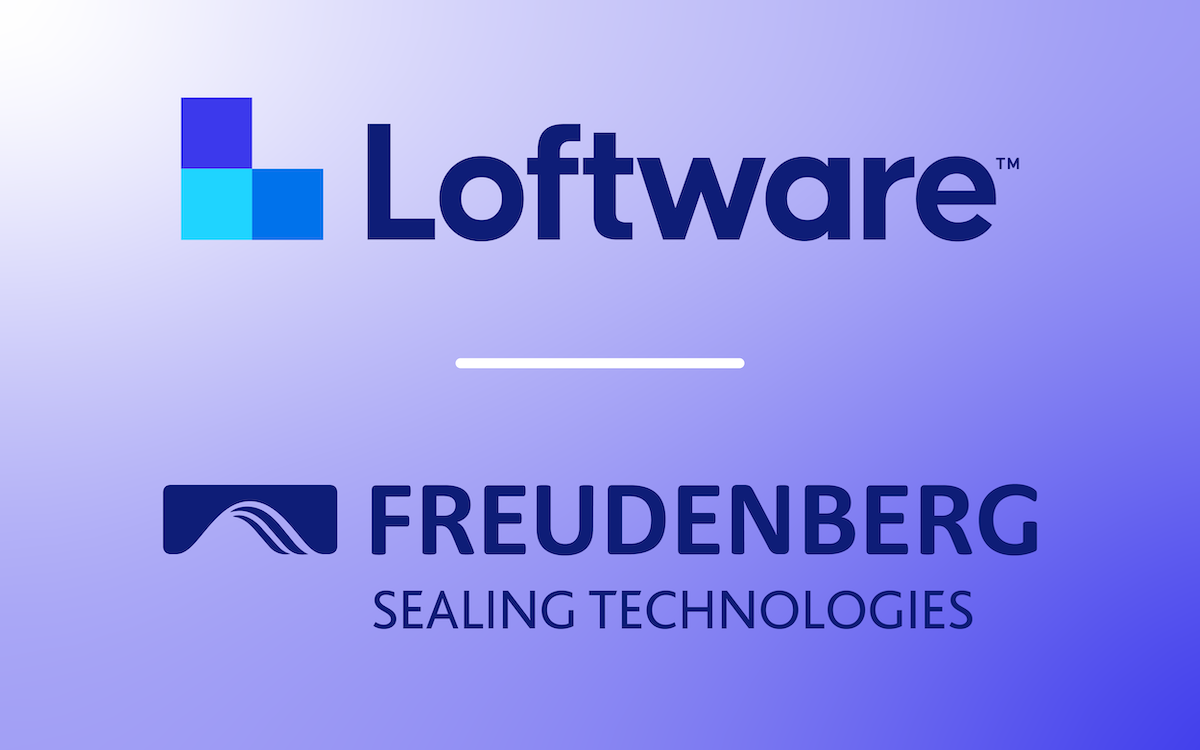November 30, 2022
Blog
The answer to global supply chain challenges lies in prioritizing innovation
Josh Roffman
SVP Marketing & Product Management
Share
The modern supply chain is more complex than ever. The war in Ukraine, China’s zero-Covid policy, port congestion, driver shortages and protracted supply shortages have all clouded this year’s trade outlook.
To successfully adapt to these challenges and stay one step ahead, innovation must be at the heart of every business strategy. As Steve Jobs once said, “Innovation distinguishes between a leader and a follower.” Yet too often, innovation is not prioritized by businesses.
In this article, we’ll dive into what this means from a labeling perspective and why innovation and cloud labeling have the potential to improve scalability, configurability, and standardization across an enterprise, ultimately saving time and driving cost efficiencies—creating innovation with impact.
Let’s define innovation:
noun
- The action or process of innovating. “Innovation is crucial to the continuing success of any organization.” 2. A new idea, method, or product.
Innovation should focus on allocating resources and investing in initiatives that create value for a company and drive transformation. Forward-thinking leaders recognize this: People, purpose, prices, and productivity have been identified by recent Gartner research as key issues for the C-suite, both in 2022 and looking ahead to 2023. This reflects a radical shift in priorities that has not been seen in 15 years and represents an enduring change in the mindset of CEOs.
Innovation means impact
The term “innovation” is in danger of becoming a meaningless cliché. If companies truly want to make a change, they must go back to basics and focus on decisions that deliver real business impact.
Let’s start with the importance of labels, which act as a product’s passport through the supply chain. Simply scanning a label enables a company to obtain vast amounts of information about the product and its journey from conception through to the end user.
Enterprise labeling allows direct integration with the applications that are the sources of truth for that label data. This allows labeling to be more dynamic, streamlined, and automated. The importance of this should not be underestimated; the ability to guarantee accurate labels that meet regulatory requirements across different jurisdictions, without data replication, ultimately reduces mislabeling—a hefty cost to businesses around the world.
A direct link to enterprise applications is just the beginning when it comes to the benefits. Enterprise labeling’s dynamic nature enables businesses to adjust labeling continuously to account for change, whether due to regulatory developments or consumer demands.
A quick history of barcode labeling
Innovation has always been at the heart of enterprise labeling. Manufacturers once had to worry about whether the next box of machine parts would arrive in time for Tuesday’s production run, and cashiers manually punched in every can of green beans at the cash register. Today, barcodes handle all of that, at every step in the supply chain.
The graduate students who pioneered the concept in 1948 never could have dreamed of where the idea would lead. Indeed, it wasn’t until the mid‐1970s that a supermarket in Ohio made history by scanning a package of chewing gum—the first time the technology was used for a retail product. It was another decade before most leading retailers had barcode technology in place.
The 1990s brought important developments, including the rise of powerful enterprise applications to automate business processes, new capabilities to design and print labels, and the advent of internet‐enabled business functions. It was only a matter of time before these advances converged across the supply chain to power vast new possibilities.
Today, there’s widespread recognition that integrated labeling is a whole lot more than just automating previously manual processes, and that it’s a strategic part of doing business in the supply chain. But many organizations have a long way to go to maximize the capabilities of enterprise labeling.
Driving intelligent supply chains
Technology remains a strategic imperative for companies of all sizes, and businesses we talk to recognize that it is a source of competitive advantage. From our own research, it’s clear that one subject is top of mind: cloud adoption.
During the Covid-19 disruption, the vital role of labeling in supply chains became increasingly apparent. As a result, cloud-based labeling solutions were put firmly on the radar of organizations that needed to shift production, accommodate a remote workforce, and extend labeling to new partners and suppliers to ensure the continuous movement of parts and products without delays.
No longer a luxury, digital transformation became crucial during the pandemic, and we expect this trend to continue. Whether supporting remote workforces, enabling better collaboration across the enterprise, or working to improve customer experience, forward-thinking businesses are implementing comprehensive, cloud-based labeling solutions that help them address these challenges.
Ultimately, companies that adopt this digital mindset can reap the benefits of intelligent supply chains to become more streamlined and flexible, effectively delivering results while staying relevant in today’s shifting global landscape.
Our research found that 78% of businesses believe eliminating manual processes and replacing them with automated labeling would reduce errors. What’s also clear is that for companies still managing disconnected legacy solutions, business continuity and profitability are at risk.
Additionally, enterprises operating across multiple locations dispersed around the globe have often struggled to implement efficient processes for managing labeling and packaging artwork. However, by using a standardized, cloud-based approach, companies can ensure that a common set of labels, centralized applications, and data sources are used across their supply chain.
Keeping up and getting ahead
Over the past two years, the risks and challenges in global supply chains have been front and center in boardrooms. These issues will continue to flare up, so business leaders have a responsibility to tackle them head-on. That’s why companies that prioritize innovation and place digital transformation at the heart of their labeling strategy will have a competitive edge and set themselves up for future success.


